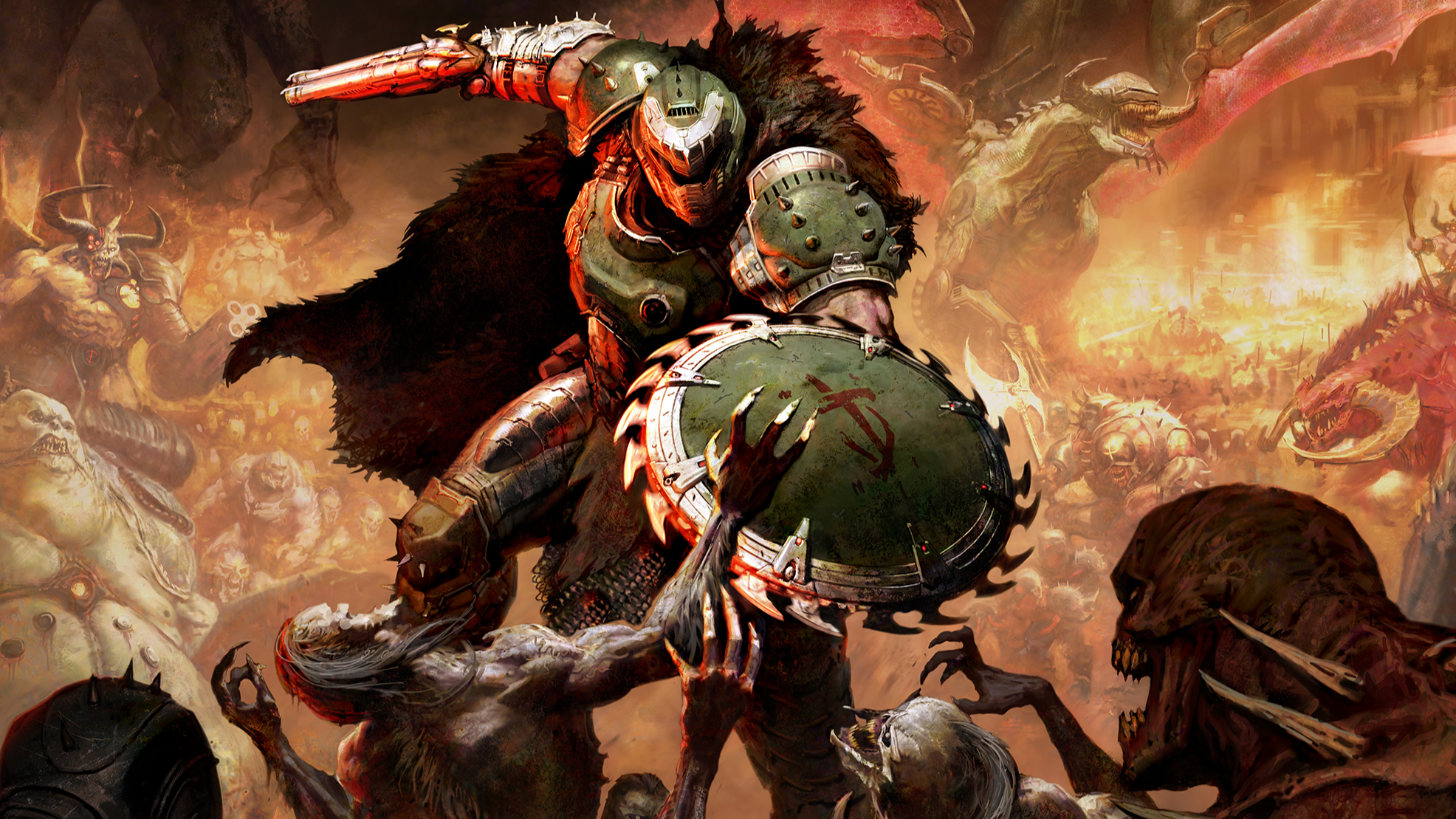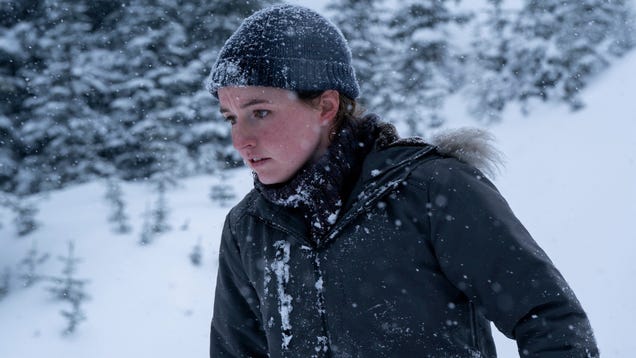
Arcane Season 2 Acts I and II Review
As with season 1, Netflix is releasing season 2 of Arcane in three-episode “acts” every Saturday between November 9 and November 23.
The first season of Arcane was a masterpiece, a work of unparalleled animation and cinematography, with great characters and a poignant story that built a unique and lived-in world whether you recognized all the League of Legends references or not. Expectations are sky-high for the follow-up, and – based on the first six episodes, at least – it seems that lightning can strike twice. Acts I and II of Arcane season 2 build on everything that was great about season 1. Yes, this is still one of the best shows around, animated or otherwise.
If the first season was about the brewing conflict between the citizens of Piltover and the years of oppression that led to animosity and hatred, then the first two-thirds of this season are an all-out war. Lines are drawn and the escalates with each episode, showing how a leadership that chooses brutality leads to a radicalized populace. Arcane continues to pack a whole lot of plot into a short amount of time, with several storylines affecting the whole of Piltover – even reaching beyond the city’s boundaries this timex.
The story remains centered on its characters and their individual arcs, which keeps these episodes from feeling too overstuffed or overwhelming. Hailee Steinfeld gives a stellar performance, capturing Vi’s rage and vulnerability. In Steinfeld’s voice, you can hear Vi’s struggles to define her place in the conflict, and whether to ally with the very people that killed her parents or allow Jinx (Ella Purnell) to continue to torment others. Meanwhile, Caitlyn (Katie Leung) is forced to make some hard choices during difficult times, showing how hard it can be to maintain your ideals while also holding onto power. Leung is the MVP of the season’s first arc, portraying the subtle ways Caitlyn’s outlook has been impacted by her time in the Undercity, her time with Vi, and how they clash against a lifetime of prejudice and outside influences from the Noxians. Then there’s Jinx; Purnell’s performance continues to amaze thanks to the layers of conflict and grief it encompasses. Jinx undergoes the greatest transformation throughout Acts I and II as she becomes a symbol for Zaunian resistance, and must decide whether she’s a force of chaos or if she stands for anything or anyone.
Though Arcane isn’t the most nuanced show when it comes to commenting on inequality and systemic oppression, the second season (at least from what I’ve seen) features stronger writing, especially when it comes to portraying its themes without resorting to broad attempts at “both sides have their points.” The place where the story falters is in the character of Ambessa Medarda, who is a simplistic antagonist with rather predictable actions and motivation. Still, without knowing where her story leads in Act III, it’s hard to criticize the show too much for this.
As great as the story and the characters are, it’s the animation by studio Fortiche that continues to make Arcane a once-in-a-generation TV event. Not just in the action, but in the quieter moments of grief following the attack on the council: the way Caitlyn breaks down after bottling up so much pain and emotion, the subtleties of her facial expressions, her body language betraying her true feelings. The team at Fortiche deserves all the praise not just for the spectacle, but also for how they portray the characters; the way they move and emote is simultaneously grounded and realistic, but also impressionistic in a way only animation can be. In a comical moment when Heimerdinger is caught by surprise, his eyes dart from one side of the room to another in confusion and panic. It borders on the cartoonish, but remains grounded in emotion – and it’s stunning to watch. This extends to the whole world of Arcane, too, with Fortiche applying live-action filmmaking techniques and influences to Arcane that make it unique among animated projects. The animators place limits on what the camera can do and where it can be, which adds to the level of visual realism and groundlessness.
Still, this is a show full of action – which was exhilarating in season 1, and even more so in season 2. As Arcane takes us from street-level brawls to superpowered duels of titans (as more fan-favorite League of Legends champions enter the fold), the punches land harder, accompanied by the sound of bones crunching and bodies slamming on the hard ground. It all has a weight that’s often missing from 3D animation (and even most CGI-aided live-action fights). And yet, there’s also a fluidity of motion that captures the superhuman abilities and larger-than-life presence of many of the characters — particularly Jinx. The references don’t stop with the characters on display: There are many callbacks and Easter eggs steeped in the lore of the games, and even some meta references designed to delight longtime fans — keep your ears open for a particular theme song.
The tremendous leaps season 2 makes from season 1’s solid foundation are most noticeable with the music. Riot Games has a history of making music videos to promote their games; it’s part of what gives their characters and worlds a unique identity. While the first season of Arcane had a great soundtrack, this season is practically a musical – what can’t be expressed through dialogue alone is stated in tracks like “Renegade (We Never Run)” and “Cocktail Molotov.” Though this can get distracting at times, a more inspired choice is the use of music to deliver exposition alongside cool visuals. Several episodes open with a montage accompanied by a needle drop explaining how the actions of our champions affect Piltover, or backstories that would diminish the show’s momentum if they were explored midstream. This comes in handy because there’s not only a whole lot of plot to sift through, but even more worldbuilding, too – particularly surrounding the magic part of hextech and the consequences of messing with forces of nature, which expands Arcane’s horizons considerably.







